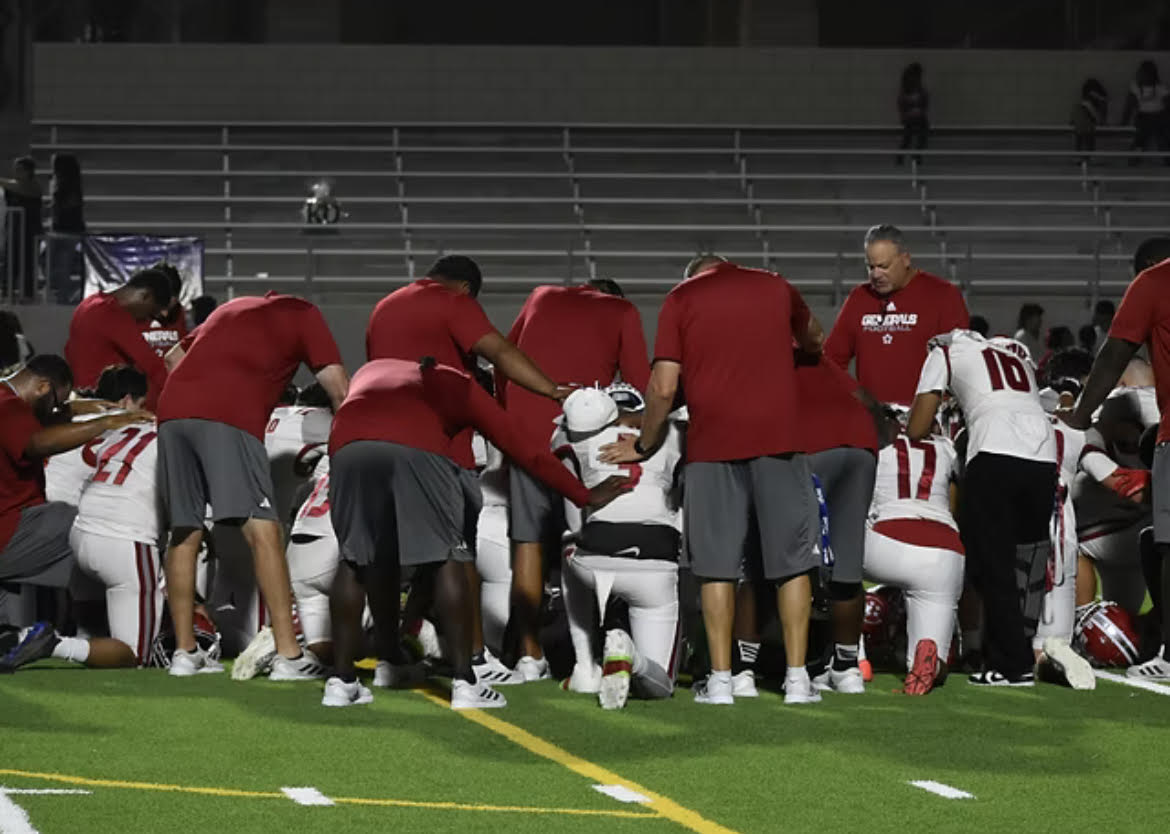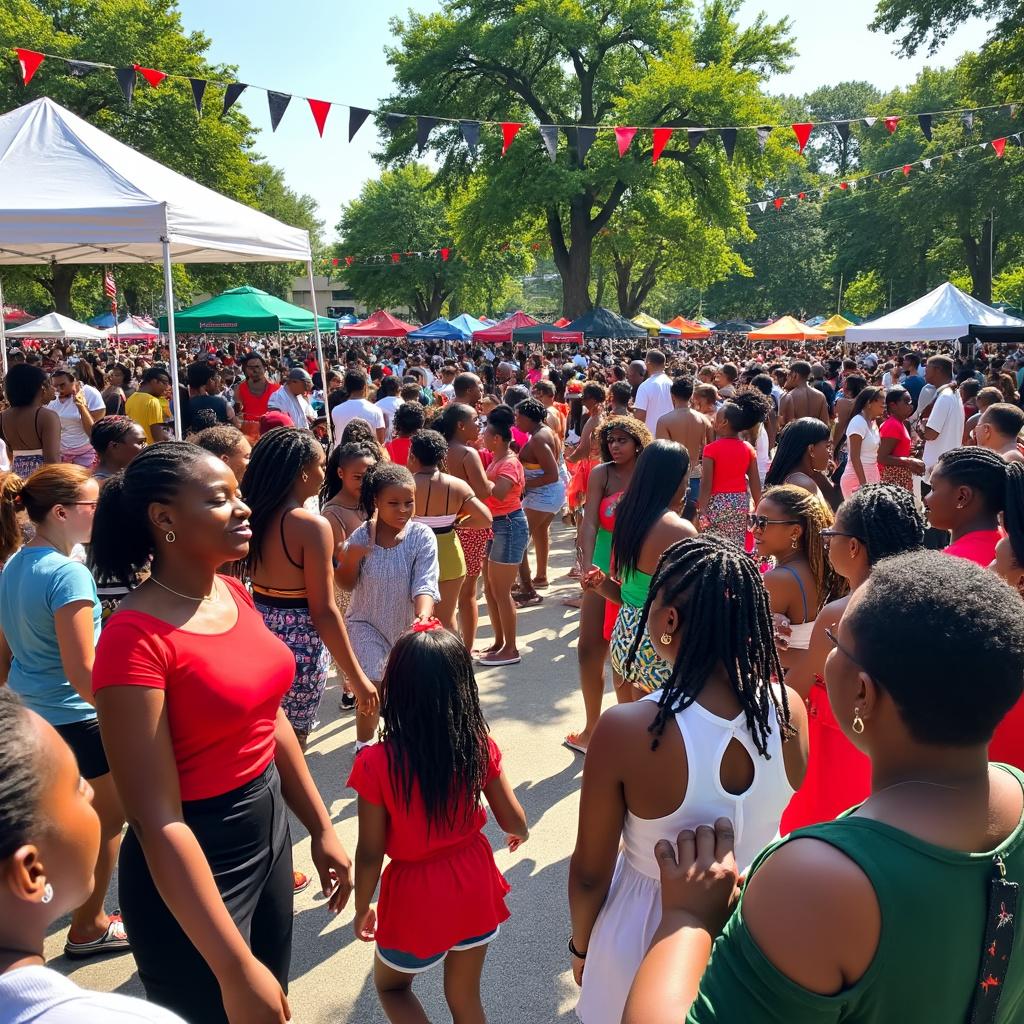The “No Kings” protest was a nationwide movement across the United States that took place on June 14, 2025, as a counter-movement to President Donald Trump’s military parade in Washington, D.C. which also just happens to coincide with Trump’s birthday. Democrats saw this as a display of authoritarianism. The movement highlighted public dissatisfaction.
Authoritarianism or Dictatorship - absolute power
No Kings Protest
The protest took place in major cities such as Austin, Houston, Philadelphia, Chicago, New York, and many more cities. Millions attended in over 1,500 cities across the nation. The No Kings protests highlighted the importance of peaceful expression and community-driven action in shaping public discourse and influencing national policy. The rally follows a week after the Los Angeles riots.
L.A. Riots
In recent weeks, Los Angeles has witnessed an increase in riots due to immigration reform. The L.A. Riots began because of recent immigration raids. These raids targeted individuals with criminal records and undocumented immigrants, primarily affecting Latino communities. As families faced the threat of separation and deportation, protests erupted, with demonstrators expressing their anger over what they perceived as unjust immigration practices.
These gatherings are marked by chaos and violence, leading to property destruction and clashes with law enforcement. Many protesters, while advocating for the rights of undocumented individuals, voiced their concerns over the aggressive tactics employed by ICE and the implications of heightened enforcement under current immigration laws.
The U.S. Immigration Laws
Immigration in the U.S. has significantly changed over the years, especially after the September 11 attacks. The Department of Homeland Security (DHS) was created to address national security concerns, especially those related to terrorism and immigration policies. In 2002, The Department of Homeland Security (DHS) was created to address national security concerns, especially those related to terrorism and immigration policies. In March 2003, the DHS established the Immigration and Customs Enforcement Agency (ICE).
Who is ICE?
ICE was established to enhance national security and consolidate immigration enforcement after 9/11. It was created in response to the need for stronger immigration and customs enforcement. ICE’s mission has two primary functions: enforcing immigration laws and customs violations, including human trafficking and drug smuggling.
The riots in Los Angeles are a response to the challenges posed by current immigration laws and the actions of ICE. The agency’s activities have become increasingly controversial, as reports of aggressive enforcement tactics, family separations, and detention practices have surfaced. ICE extends beyond individual deportations, but immigration policy, human rights, and community trust. As tensions in Los Angeles continue to escalate, the protests reflect broader discontent not just with immigration enforcement but with systemic issues that impact marginalized communities.
Trump Administration’s Immigration Initiatives
While Pres. Trump did not create ICE, his administration enforces its operations and policies. Trump’s approach to immigration has caused broader immigration restrictions. His administration increased deportations, stricter enforcement measures, and controversial policies like family separation at the border. These recent developments reflect a continued focus on harsher immigration enforcement and policy changes that could impact both temporary and permanent immigration pathways in the United States.
1. Executive Orders and Enforcement Measures:
President Trump has implemented several executive orders aimed at strengthening border security and enforcing immigration laws more rigorously. This includes declaring a national emergency at the U.S.-Mexico border and expanding expedited removal procedures to bypass immigration courts for certain cases.
2. Migrant Protection Protocols (Remain in Mexico):
The Trump administration has revived the Migrant Protection Protocols, requiring asylum seekers to wait outside the U.S. while their claims are processed.
3. Suspension of Humanitarian Parole Programs:
The administration suspended humanitarian parole programs as part of broader efforts to deter unauthorized migration.
4. Registry for Non-Citizens:
A new registry was announced for all non-citizens in the U.S. to ensure compliance with registration requirements under the Immigration and Nationality Act (INA).
Legislative Developments
1. The Laken Riley Act:
A recent piece of legislation was signed into law by President Trump in January 2025. This act addresses immigration enforcement by mandating the detention of non-citizens accused of certain crimes, without the opportunity for release while their immigration case is pending.
2. The Ending Catch and Release Act of 2025:
A proposed piece of legislation aimed at reforming the way the U.S. handles the detention and processing of non-citizens, particularly those who are undocumented.
Both the Laken Riley Act and the Ending Catch and Release Act of 2025 represent stricter enforcement and increased detention. The passage of these laws reflects ongoing debates over immigration reform, balancing safety, justice, and compassion. These policies aim to enhance enforcement measures and alter existing practices related to immigration.
ICE Controversy
ICE’s recent immigration policies are facing criticism and controversy over its enforcement tactics, particularly regarding family separations, aggressive raids in communities, and the use of detention facilities. Also, Trump deployed National Guard troops across the nation and reportedly spent $1.3 million during the No Kings Protest this weekend.
Advocacy groups argue that ICE’s practices impact vulnerable populations and contribute to a climate of fear among immigrant communities. Supporters, however, assert the agency plays a critical role in national security and upholding immigration laws.
Advocacy for Human Rights
The “No Kings” protest and immigration reform are related in several ways. Here are some key connections:
1. Human Rights Advocacy:
Both movements emphasize the importance of human rights. The “No Kings” protest highlights the need for equitable treatment and respect for all individuals, including immigrants.
2. Response to Dictatorship:
The “No Kings” movement emerged as a response to perceived authoritarian practices, including harsh immigration policies that may undermine civil liberties.
3. Grassroots Mobilization:
Both initiatives are rooted in grassroots activism. The “No Kings” protest mobilized communities to stand against dictatorship, while numerous advocacy groups pushing for immigration reform work at local levels to change policies that negatively impact immigrants.
4. Social Justice:
The fight for immigration reform is about social justice. The “No Kings” protest aligns with this by advocating for a society that values all its members equally.
5. Political Climate:
The political environment that gave rise to both the “No Kings” protest and the push for immigration reform illustrates a broader resistance to certain policies and ideologies. Activists engaging in these movements seek to challenge the status quo and advocate for more inclusive governance that reflects the diverse makeup of the nation.
Conclusion:
The “No Kings” protest and immigration reform are similar through their shared focus on advocacy for human rights, democracy, and social justice. ICE is tasked with enforcing immigration laws and tackling customs violations. Pres. Trump and ICE’s most recent actions have provoked widespread debate about immigration policy, human rights, and the treatment of individuals within the U.S. Democrats have reacted by rioting and protesting voicing that these new policies are promoting tyranny. The “No Kings” protests were a powerful expression of resistance against perceived dictatorship. Despite the unfortunate incidents, the overall message of unity and democratic values was clear.
(https://www.axios.com/2025/06/07/no-kings-protest-trump-military-parade-june-14).
(https://www.latimes.com/california/story/2025-06-10/la-ice-protests-truth-vs-fiction).
(https://immigrationforum.org/article/legislative-bulletin-friday-january-24-2025/).










